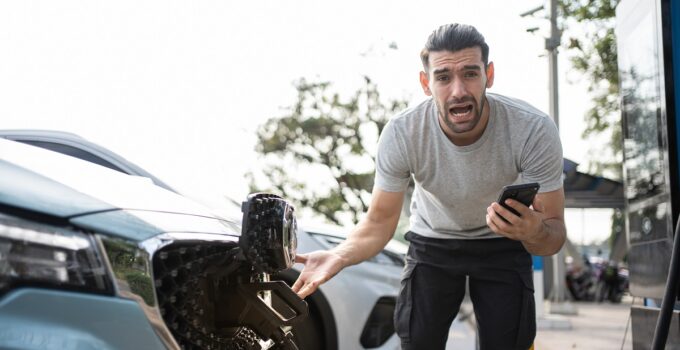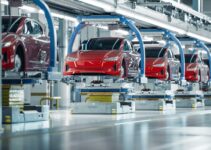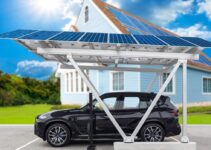Electric vehicles (EVs) are often touted as the future of transportation, promising environmental benefits and reduced operating costs. However, there are significant hidden costs and challenges that manufacturers often gloss over. These issues impact consumers, the economy, and the environment in ways that are rarely discussed.
1. High Initial Purchase Price

Image Credit: Shutterstock / Korawat photo shoot
EVs typically come with a higher upfront cost compared to their internal combustion engine (ICE) counterparts. This price gap can be significant, with some models costing upwards of $10,000 more than similar ICE vehicles. While federal and state incentives can help offset some of these costs, they are not available to all buyers and may not cover the entire price difference.
2. Limited Charging Infrastructure
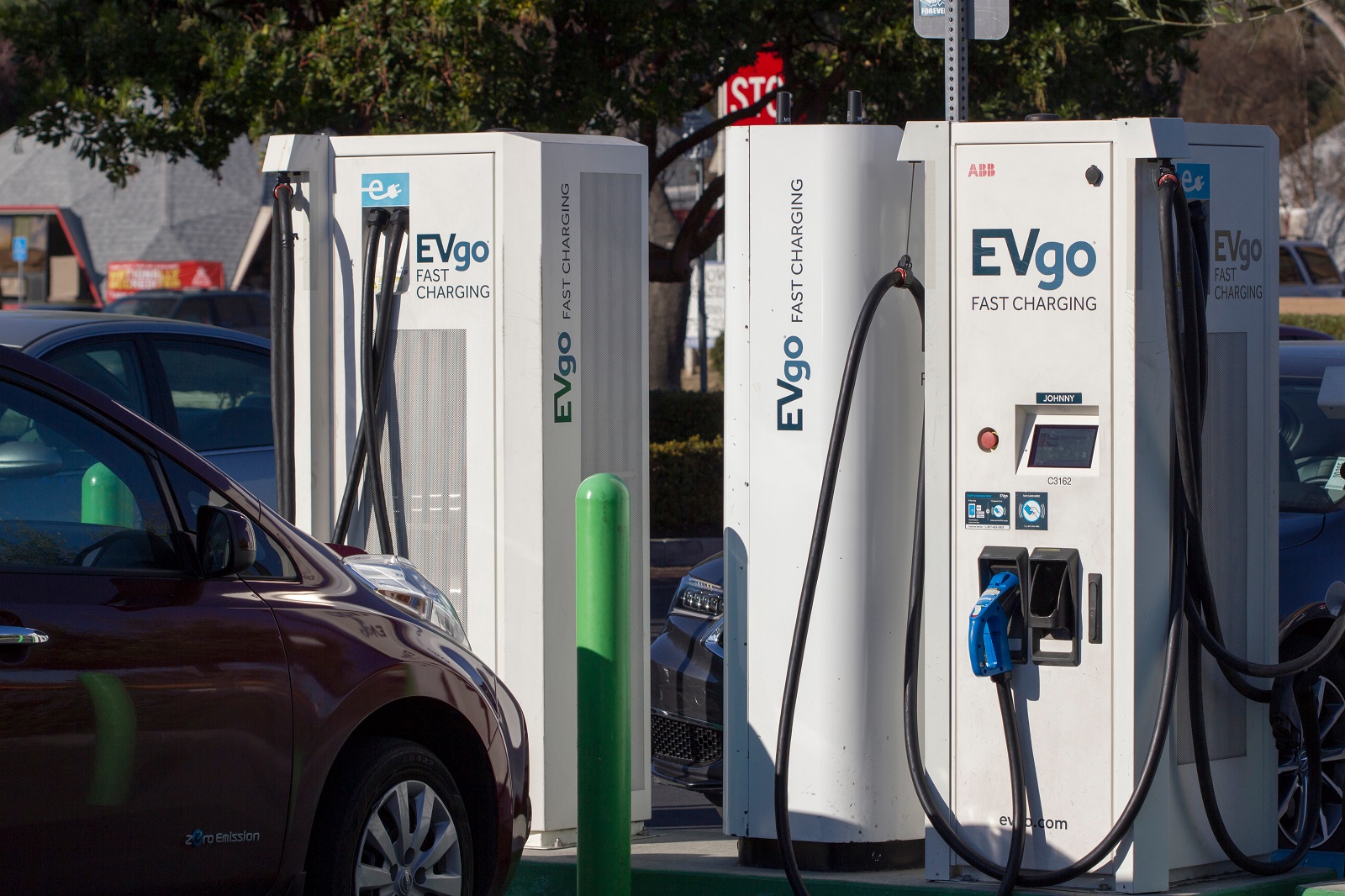
Image Credit: Shutterstock / Tada Images
Outside the West Coast, where EV infrastructure is relatively developed, many parts of the U.S. struggle with inadequate charging facilities. States in the Midwest and the South often lack sufficient charging stations, making long-distance travel challenging for EV owners. This limitation reduces the practicality and convenience of owning an EV in these regions.
3. Long Charging Times
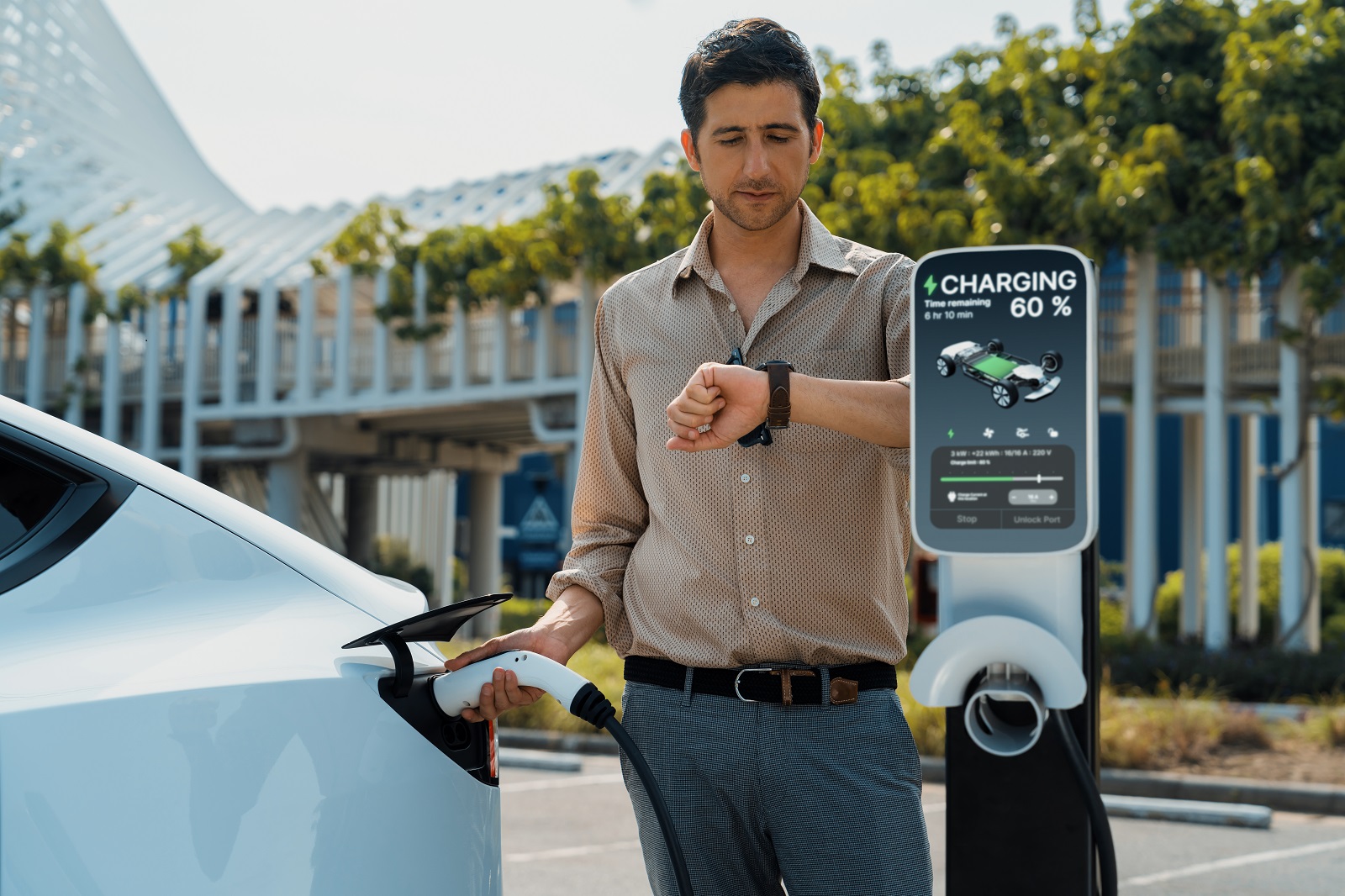
Image Credit: Shutterstock / Owlie Productions
Even with access to charging stations, the time required to recharge an EV can be inconvenient. Fast chargers can replenish an EV battery in about 30 minutes to an hour, but standard home chargers can take several hours or even overnight. This is a stark contrast to the few minutes it takes to refuel a gasoline car.
4. Battery Degradation and Replacement Costs
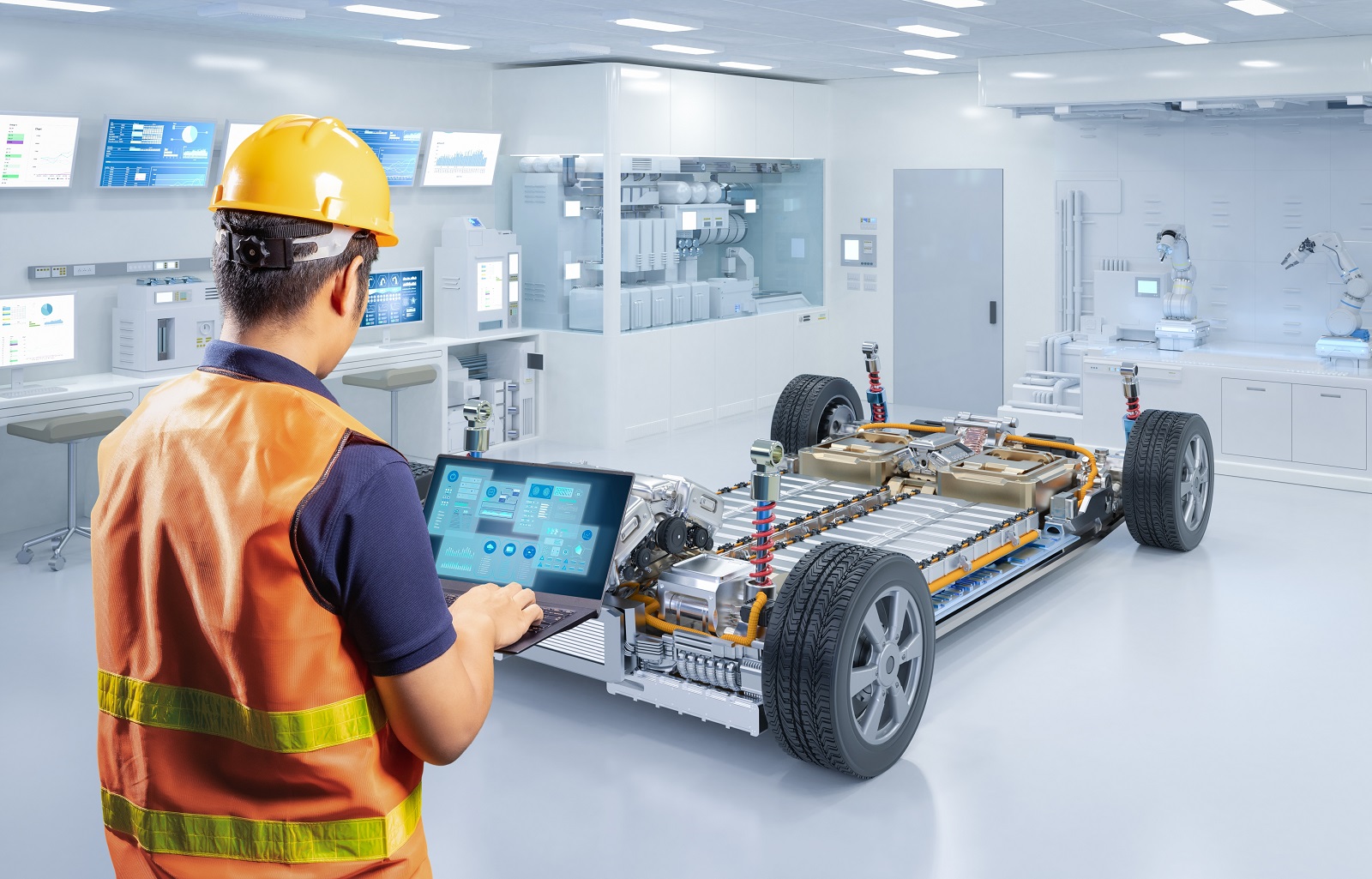
Image Credit: Shutterstock / Phonlamai Photo
EV batteries degrade over time, losing capacity and efficiency. The cost of replacing an EV battery can be exorbitant, often ranging from $5,000 to $15,000 depending on the model and battery size. This significant expense can offset the savings on fuel and maintenance over the vehicle’s lifetime.
5. High Maintenance Costs for Non-Battery Components
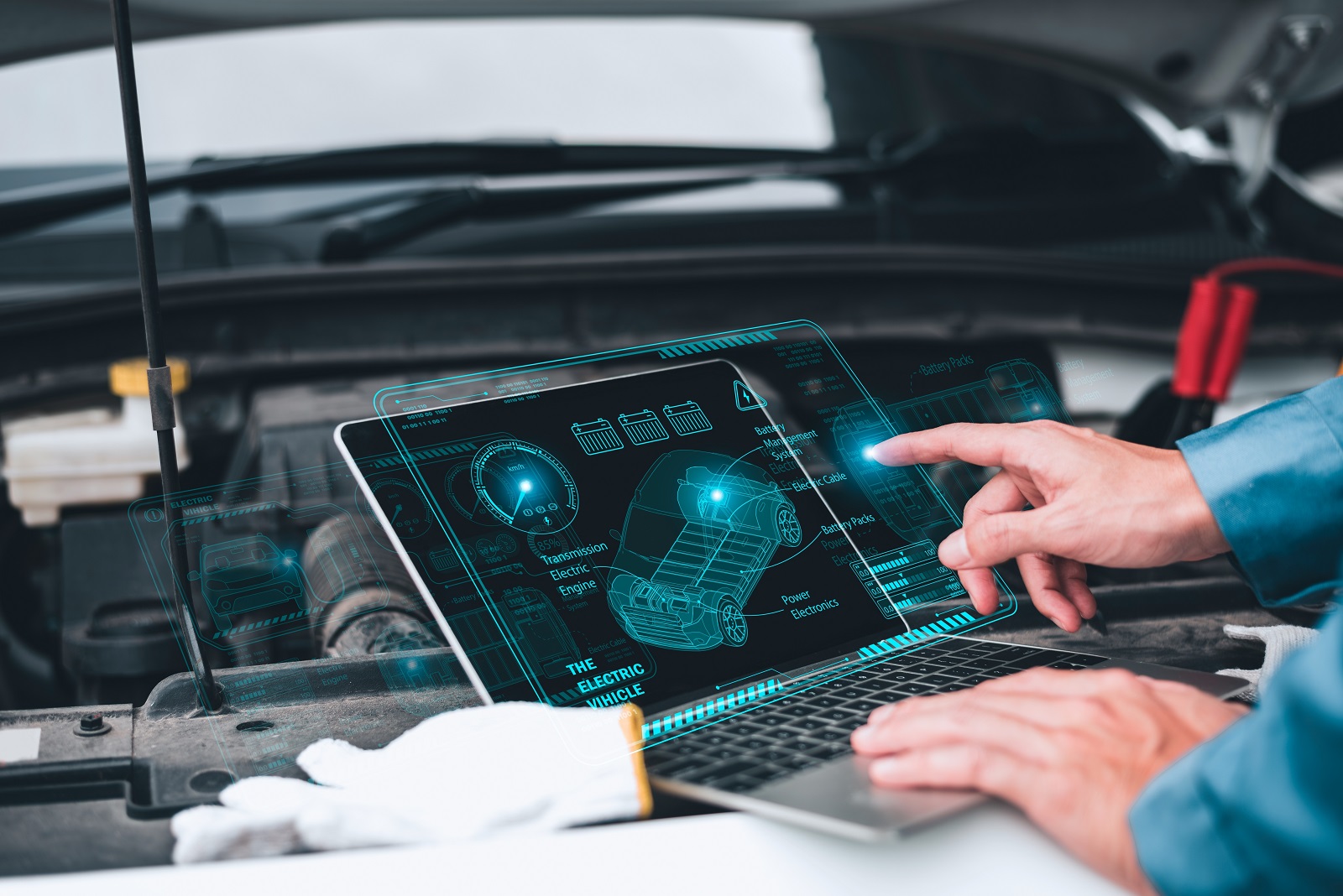
Image Credit: Shutterstock / CC7
While EVs have fewer moving parts than ICE vehicles, they still require maintenance for components like tires, brakes, and suspension. Additionally, specialized repairs for EV-specific parts can be more expensive due to the need for skilled technicians and specialized tools.
6. Limited Vehicle Lifespan
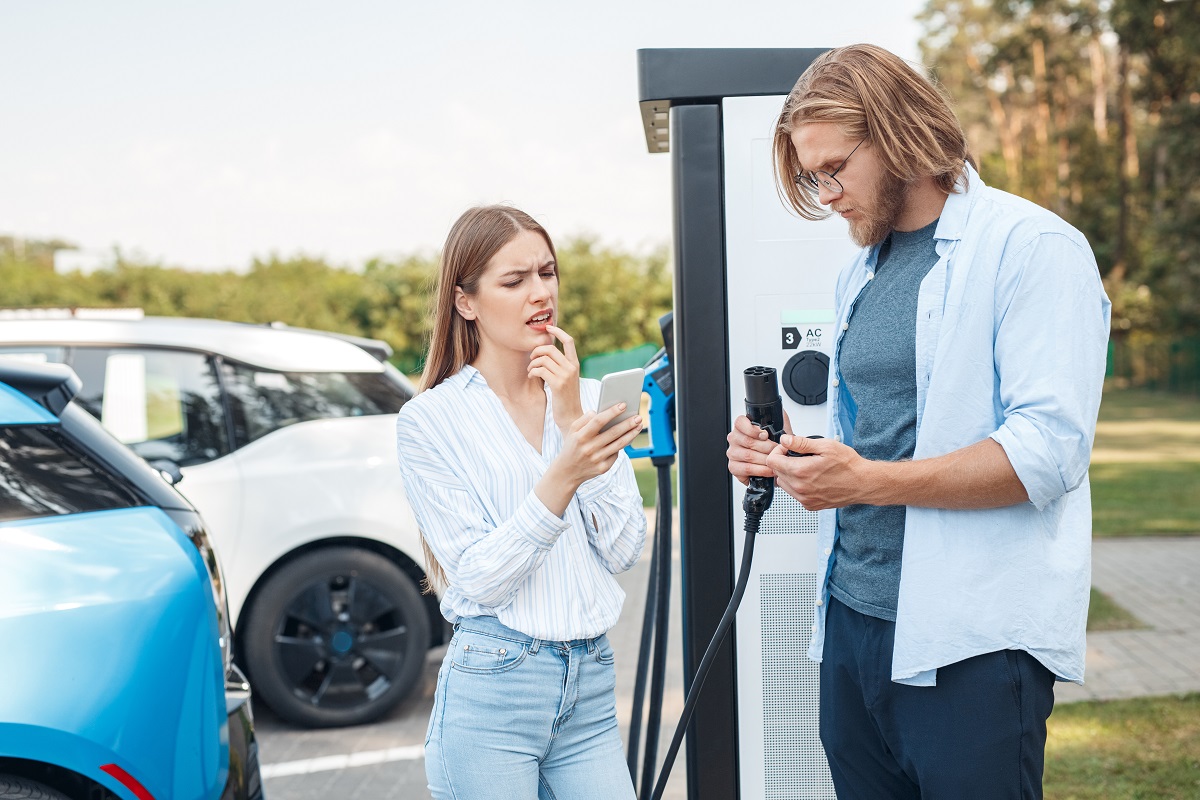
Image Credit: Shutterstock / Viktoriia Hnatiuk
The long-term durability of EVs is still largely untested. Concerns about the longevity of the battery and electronic components raise questions about the overall lifespan of EVs compared to traditional vehicles.
7. Environmental Impact of Battery Production
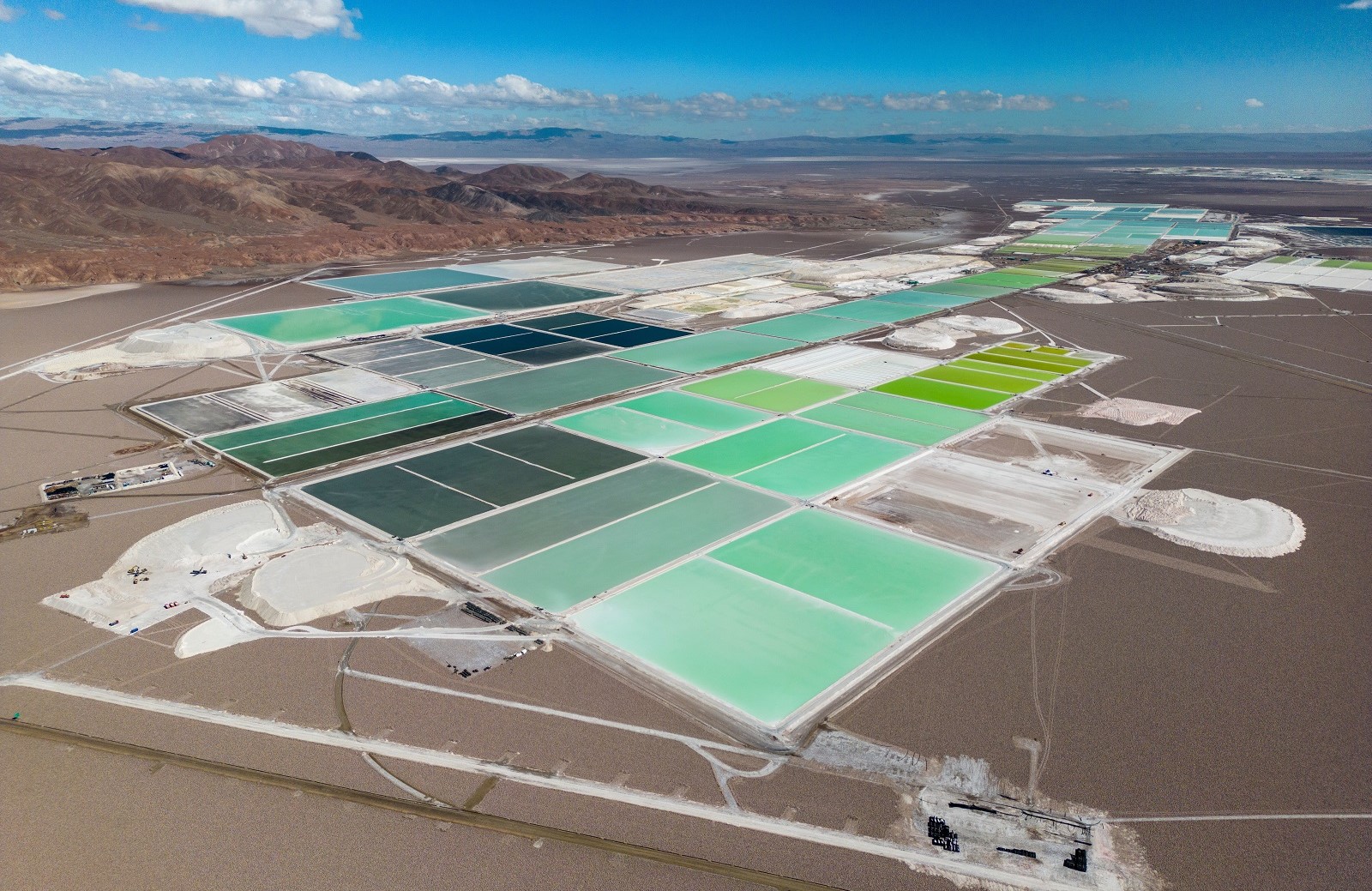
Image Credit: Shutterstock / Freedom_wanted
The production of lithium-ion batteries for EVs has a significant environmental footprint. Mining for lithium, cobalt, and other minerals is resource-intensive and often linked to environmental degradation and human rights abuses.
8. Recycling and Disposal Challenges
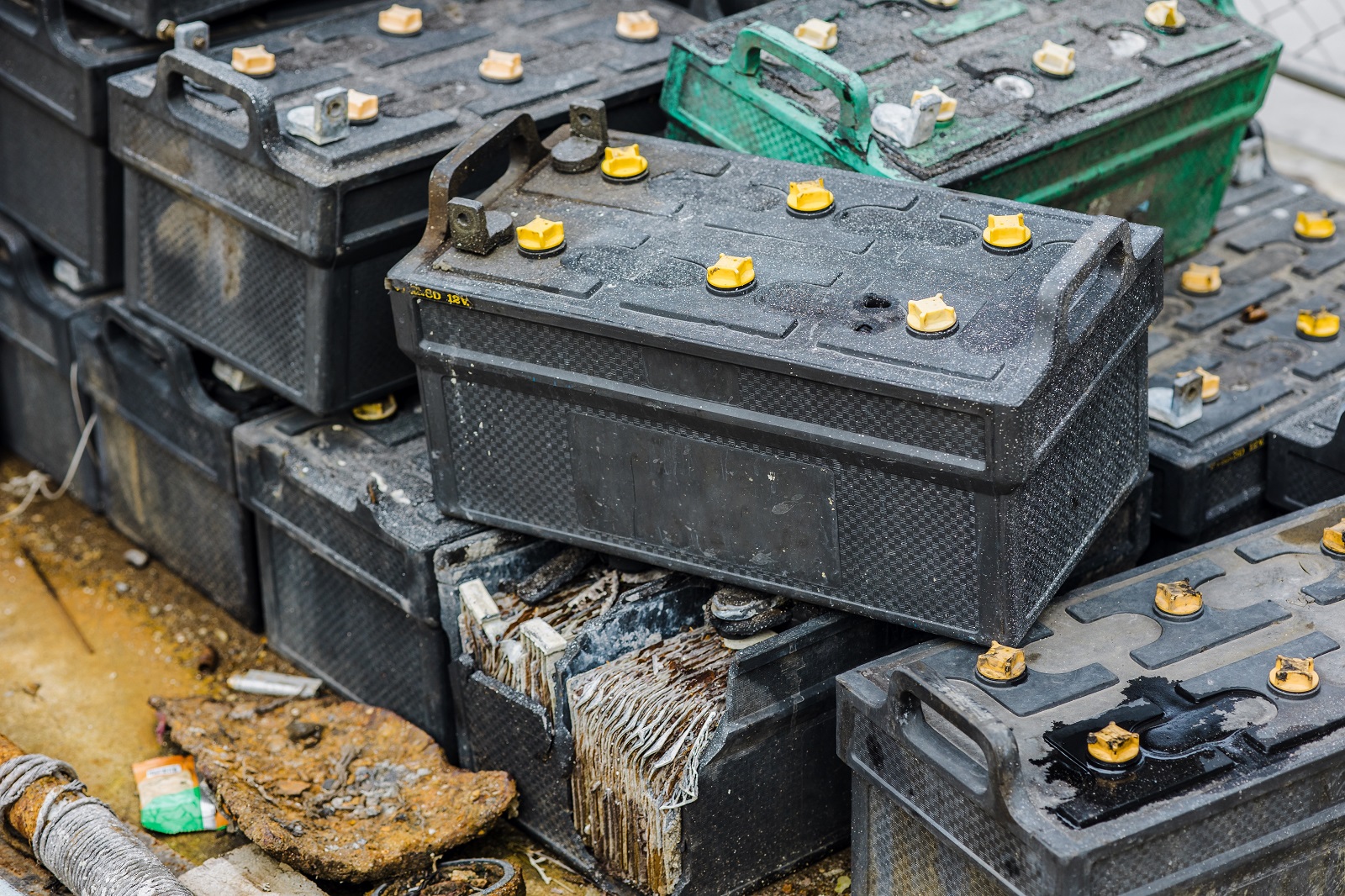
Image Credit: Shutterstock / Quality Stock Arts
The disposal and recycling of EV batteries pose environmental and logistical challenges. Current recycling processes are not efficient enough to handle the growing number of used batteries, leading to concerns about long-term waste management.
9. Strain on the Electric Grid
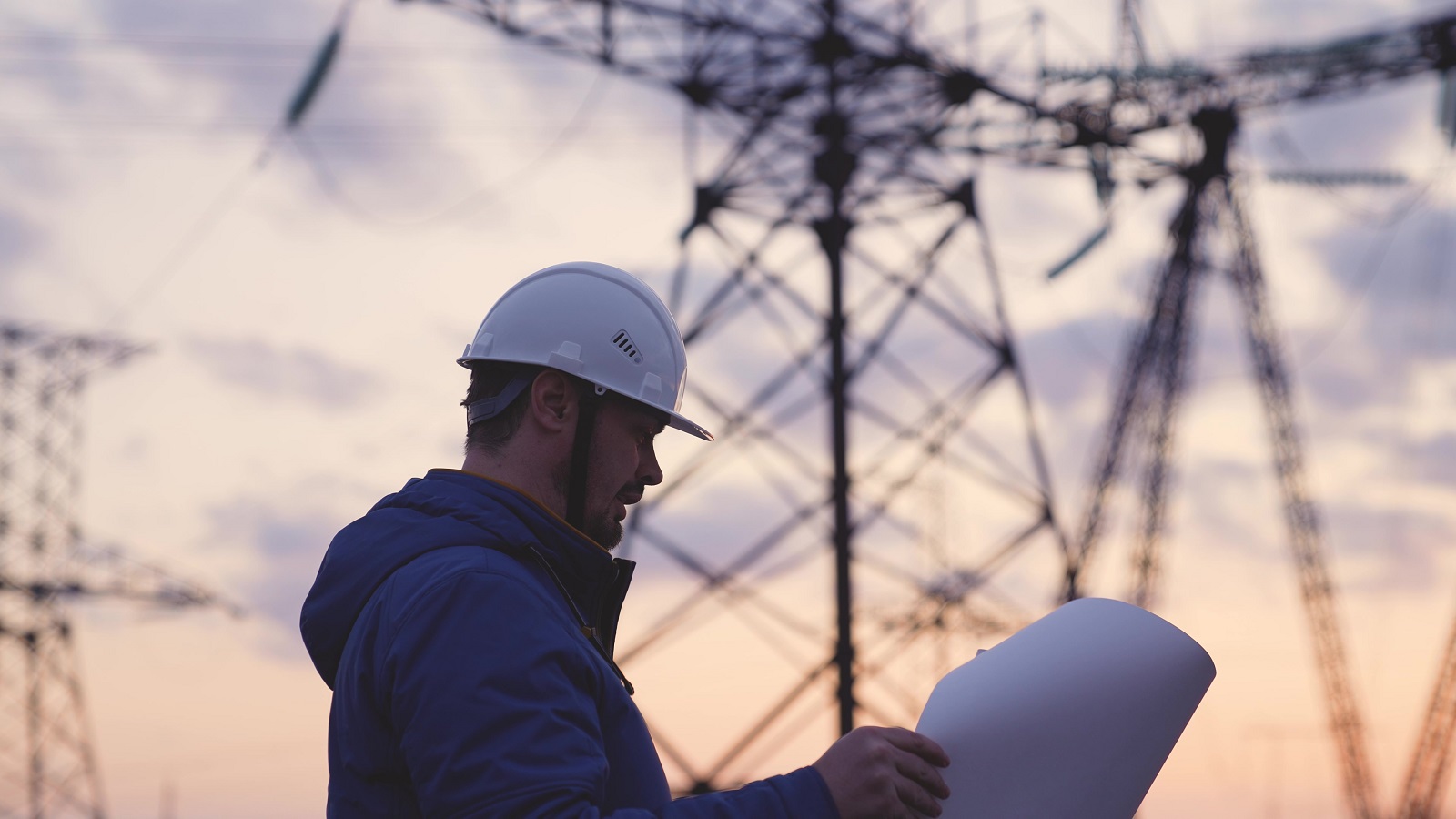
Image Credit: Shutterstock / Valery Zotev
A widespread shift to EVs can put significant strain on the existing electric grid, especially in regions with less robust infrastructure. Upgrading the grid to handle increased demand for electricity involves substantial investment and time.
10. Higher Insurance Premiums

Image Credit: Shutterstock / thanmano
EVs often come with higher insurance premiums due to their higher initial cost and the expense of repairing or replacing their advanced technology components. This adds to the overall cost of ownership.
11. Depreciation Rates

Image Credit: Shutterstock / Rawpixel.com
EVs can depreciate faster than ICE vehicles, primarily due to concerns about battery life and the rapid pace of technological advancements. This rapid depreciation can result in a lower resale value.
12. Limited Model Availability
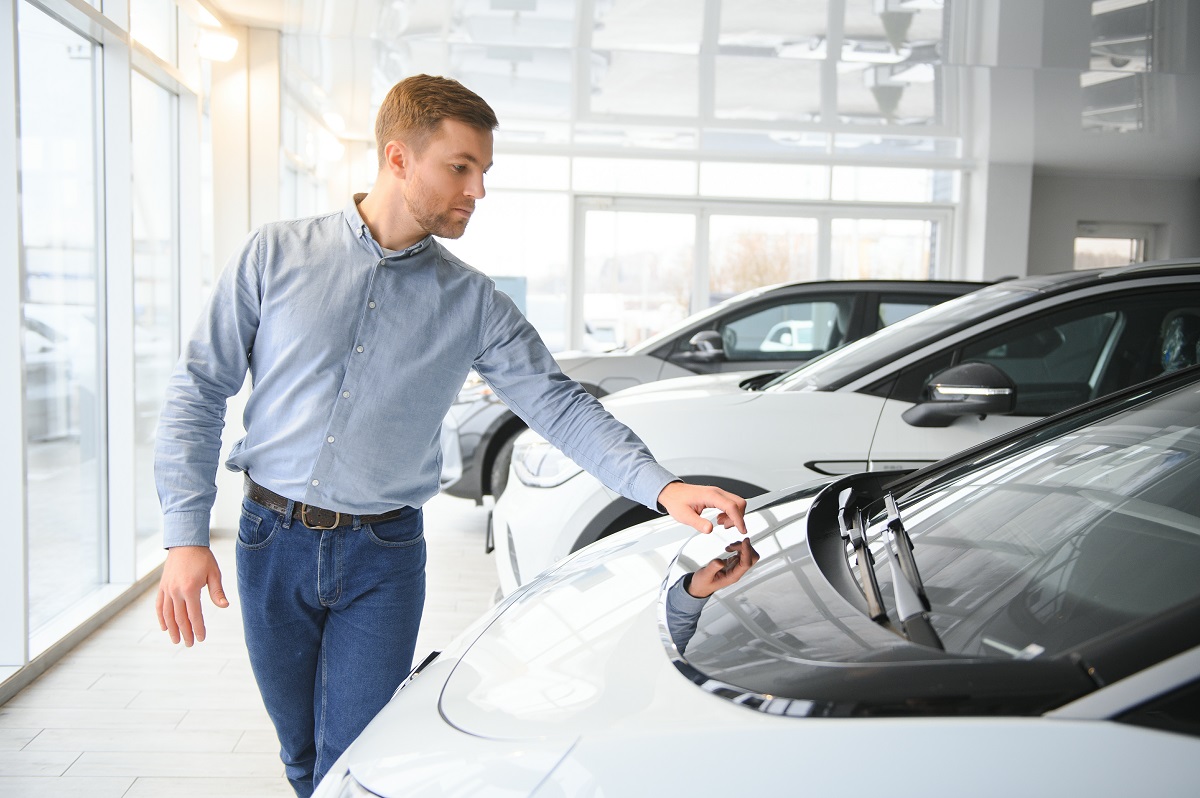
Image Credit: Shutterstock / Hryshchyshen Serhii
Despite increasing interest, the variety of EV models available in the market is still limited compared to traditional vehicles. Consumers may have fewer options in terms of size, style, and features.
13. Range Anxiety

Image Credit: Shutterstock / Hazal Ak
Many consumers experience range anxiety, the fear that the vehicle will run out of charge before reaching a destination. This concern is particularly acute in areas with sparse charging infrastructure.
14. Financial Incentive Limitations

Image Credit: Shutterstock / Rawpixel.com
Federal and state incentives for EV purchases can be subject to caps and phase-outs, meaning they might not be available to all buyers. These incentives are also subject to changes in government policy, adding an element of uncertainty.
15. Economic Impact on Traditional Auto Industry Jobs

Image Credit: Shutterstock / Tong_stocker
The shift to EVs can negatively impact jobs in the traditional auto industry, particularly those related to the production and maintenance of ICE vehicles. This transition may result in job losses and economic disruption in regions dependent on the automotive sector.
16. Global Supply Chain Vulnerabilities
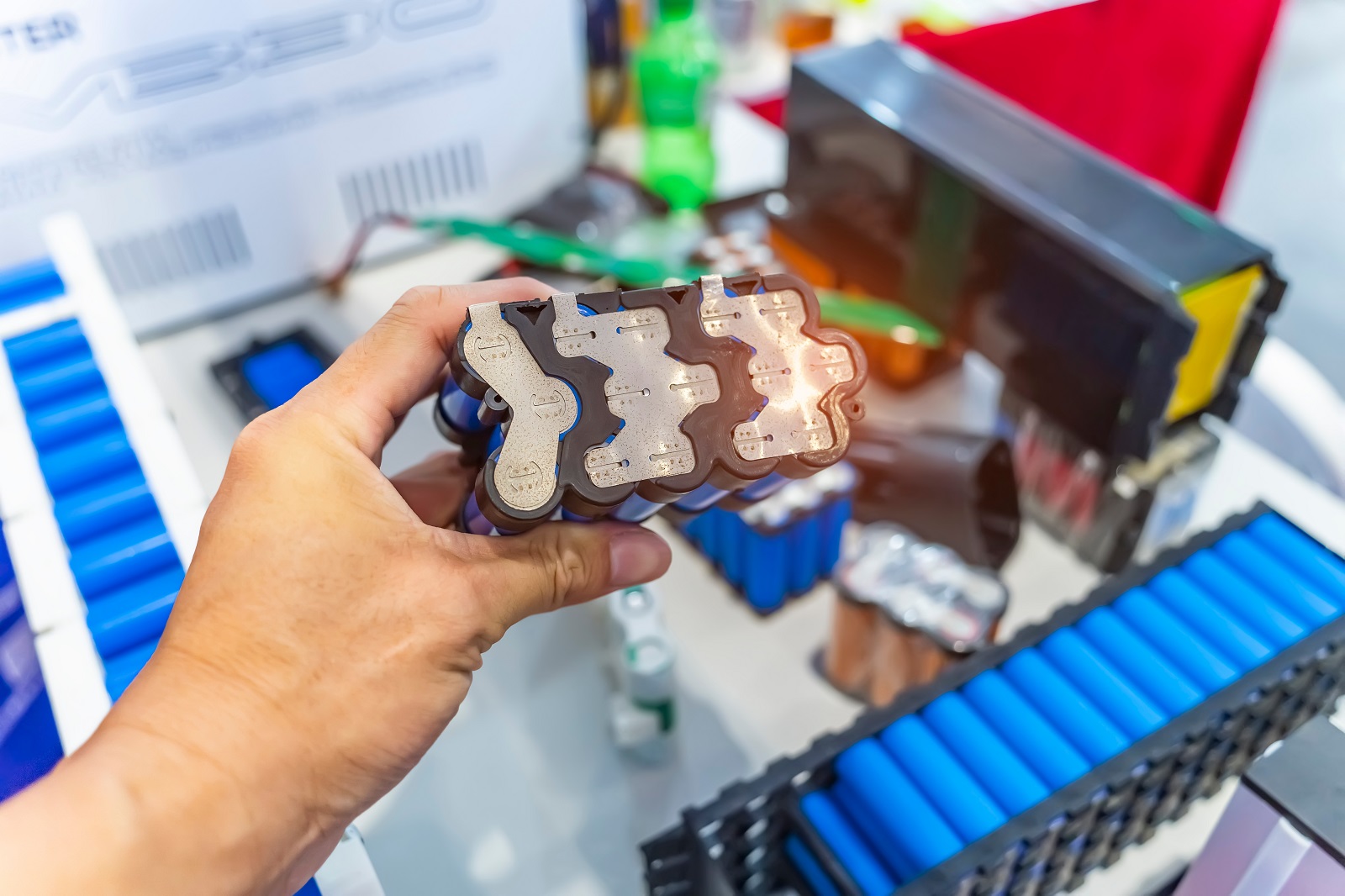
Image Credit: Shutterstock / asharkyu
The production of EVs relies on a complex global supply chain for materials like lithium and cobalt. Geopolitical issues, trade restrictions, and supply chain disruptions can impact the availability and cost of these essential components.
17. Uncertain Long-Term Savings

Image Credit: Shutterstock / Roman Seliutin
While EVs promise lower operating costs, the long-term financial benefits are uncertain due to potential costs related to battery replacement, maintenance, and infrastructure upgrades. These factors can erode the expected savings over time.
18. Impact on Electricity Prices

Image Credit: Shutterstock / Nando Vidal
Increased demand for electricity due to EV adoption can drive up electricity prices, affecting not just EV owners but all consumers. This potential increase in energy costs adds another layer of financial consideration for prospective EV buyers.
Electric Shocks

Image Credit: Shutterstock / Prostock-studio
While EVs offer many benefits, it’s crucial to consider the hidden costs and challenges associated with their ownership. As consumers, staying informed about these factors is essential for making sound purchasing decisions.
Police Magnet: 7 Cars That Guarantee You’ll Get Pulled Over

Image Credit: Shutterstock / sirtravelalot
Driving certain cars can make you more noticeable to law enforcement, even if you’re abiding by all the rules. Are you driving one of these “police magnets”? Here are seven cars that seem to attract more police attention than others. Police Magnet: 7 Cars That Guarantee You’ll Get Pulled Over
The Classic Cars That Were Total Clunkers

Image Credit: Pexels / Pixabay
Nostalgia has a funny way of making the past seem better than it was, especially when it comes to cars. But here’s the hard truth: some of those “classic” cars your dad raves about were real clunkers. Here’s a closer look at why some of those so-called “classics” weren’t all they were cracked up to be. The Classic Cars That Were Total Clunkers
The Worst U.S. Cars Ever Made: A Retro List

Image Credit: Pexels / Be The Observer
The U.S. auto industry has produced some incredible vehicles, but not every model was a hit. Here’s a look back at 16 of the worst cars ever made in the U.S., each infamous for its own unique flaws. The Worst U.S. Cars Ever Made: A Retro List
Featured Image Credit: Shutterstock / Kikujiarm.
For transparency, this content was partly developed with AI assistance and carefully curated by an experienced editor to be informative and ensure accuracy.
The images used are for illustrative purposes only and may not represent the actual people or places mentioned in the article.
